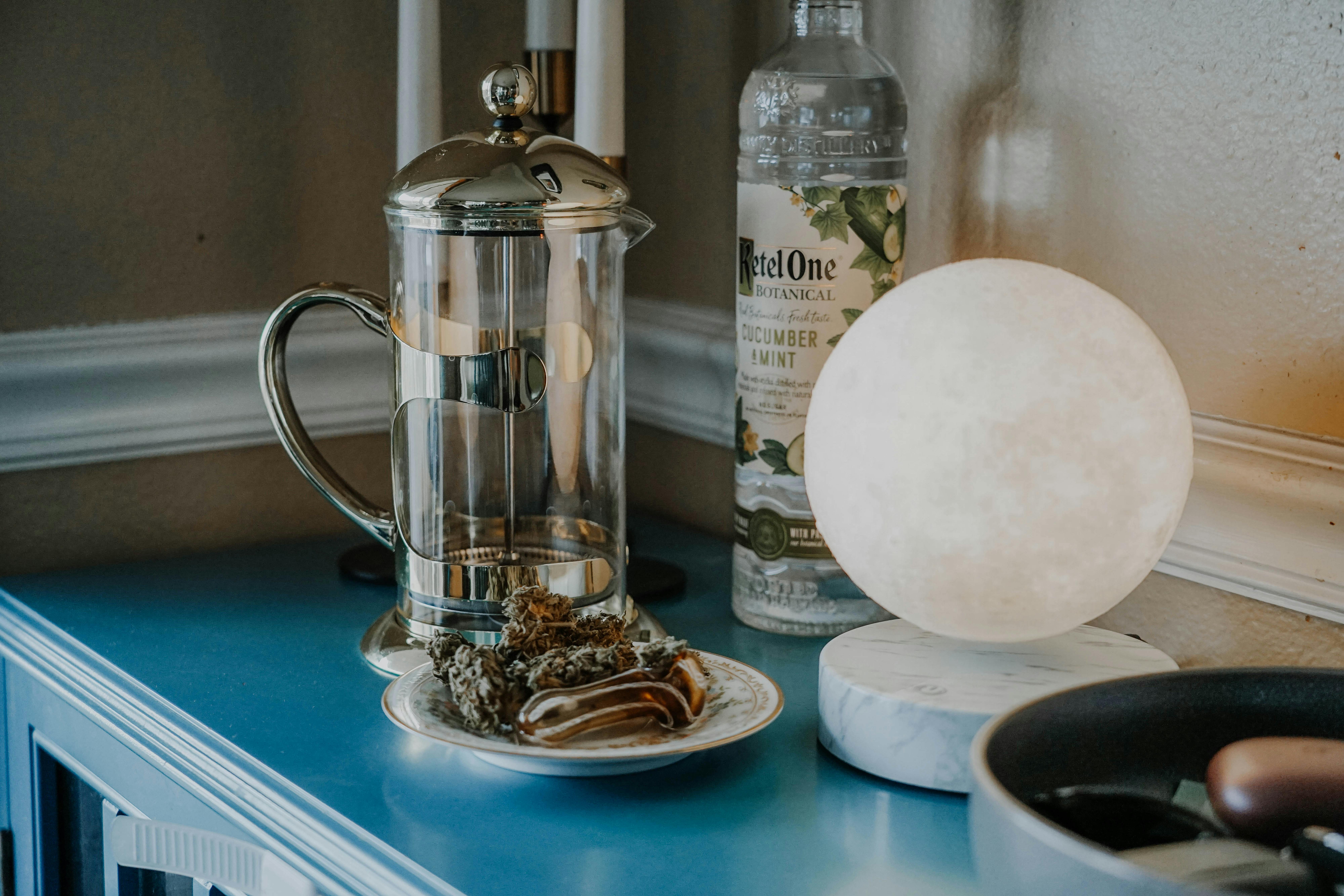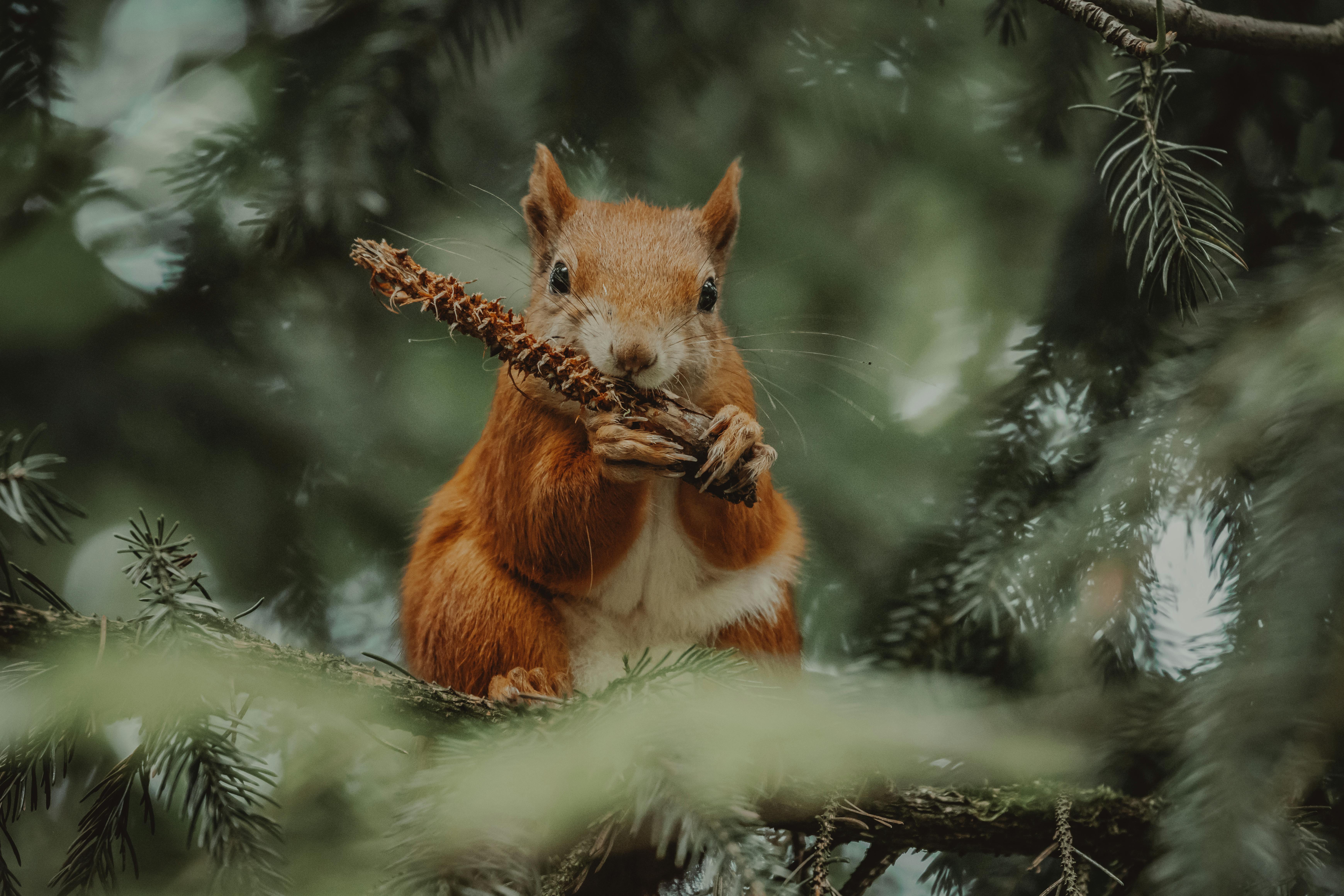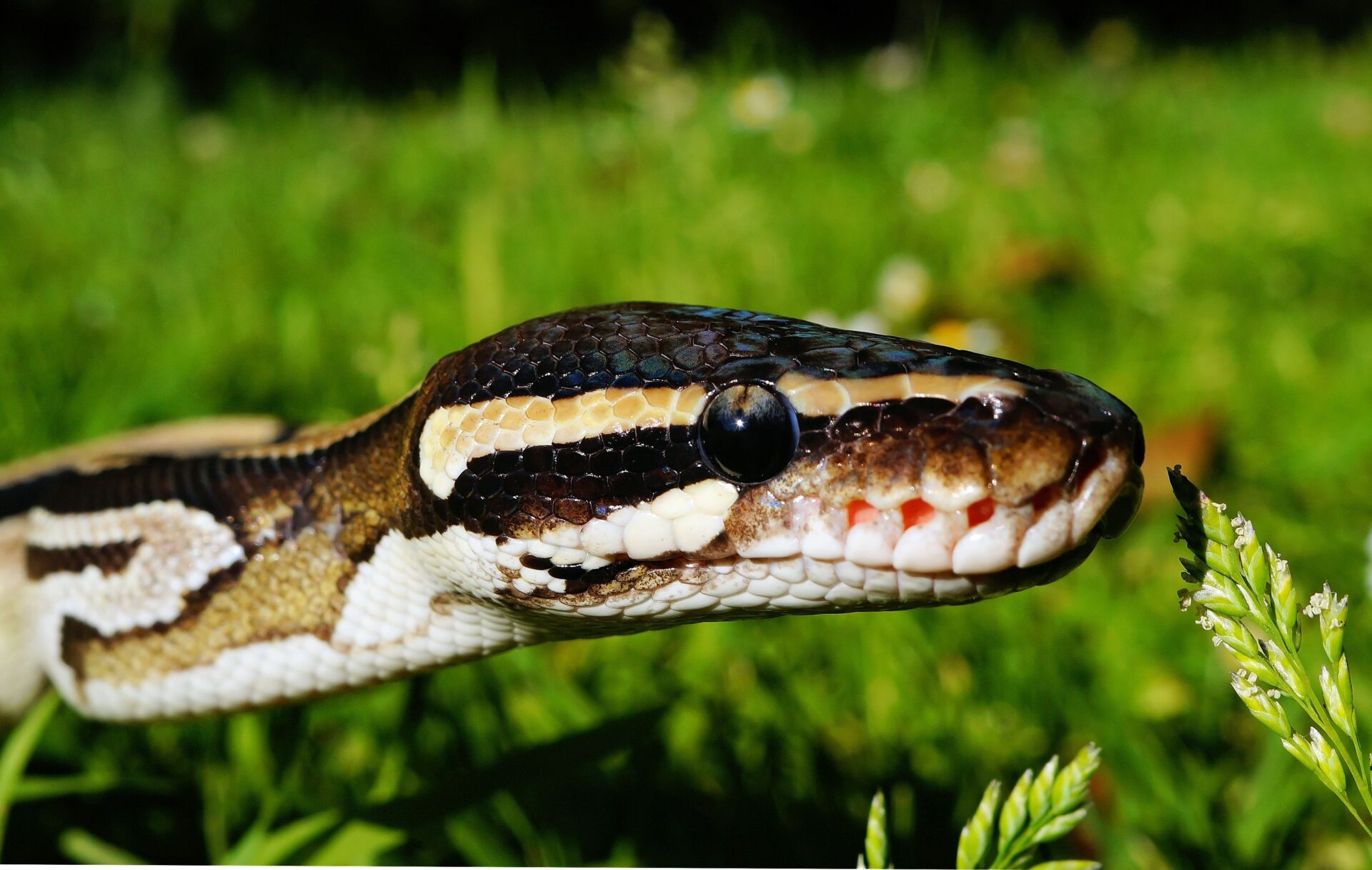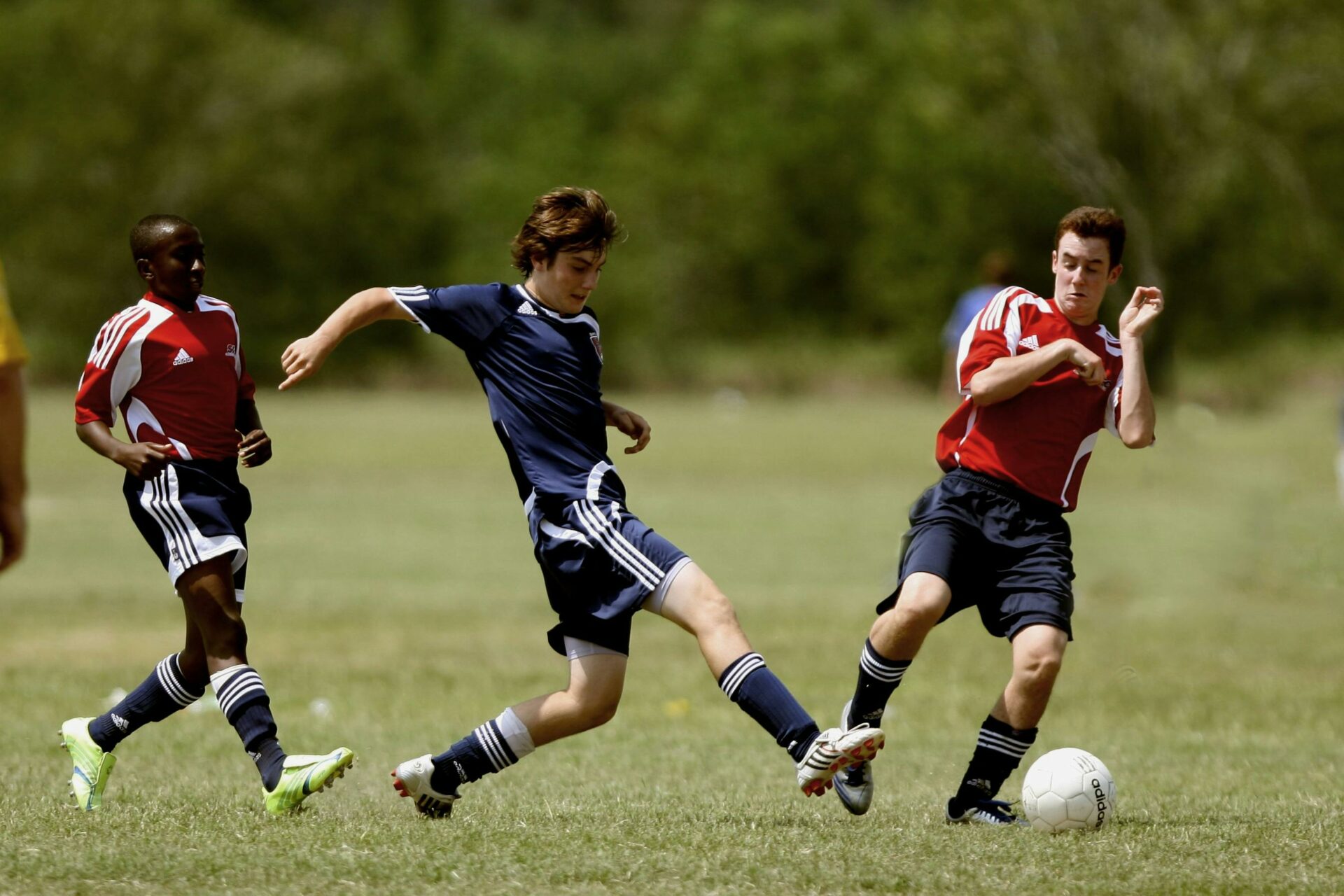If you are considering getting a ball python, one of the most important things you need to know is how often to feed it. Knowing how often to feed your ball python will ensure that your pet stays healthy and happy. Ball pythons are nocturnal, so they may prefer to eat at night, but there are different opinions on what the ideal feeding frequency should be. In this article, we will discuss the general guidelines for feeding your ball python and provide tips on how to make sure your pet is getting enough food.It is recommended to feed adult ball pythons one appropriately sized prey item once every 7-10 days. Juveniles should be fed every 5-7 days.
What Is The Best Feeding Schedule For Ball Pythons?
The best feeding schedule for ball pythons is to feed them once a week, either on the same day each week or rotating days. It is important to remember that ball pythons are ambush predators in the wild, so they naturally take time between meals. This means that if you feed your ball python too frequently, it may become overweight and unhealthy. When choosing the size and type of prey for your ball python, it’s important to consider the size of its head in relation to its body. Generally, a prey item should be no wider than one and a half times the width of the snake’s head. It’s also important to provide your ball python with a variety of prey items such as rats, mice, chicks, quail eggs or even crickets. This will ensure that your ball python gets all of the necessary nutrients it needs.
When feeding your ball python live prey, it is important to monitor them closely. Ball pythons can sometimes become aggressive when feeding on live prey and can injure themselves in the process. It is also recommended to remove uneaten live prey after 30 minutes to prevent injury or infection from bites from other animals or parasites. If you are unable to provide live prey for your pet you can also offer frozen-thawed rodents as an alternative food source. Frozen-thawed rodents are available at most pet stores and should be defrosted in warm water before being offered as food.
No matter what type of food you offer your ball python it is important to observe them when they eat and ensure that they are swallowing their food properly. If you notice any signs of distress or difficulty swallowing then stop feeding immediately and consult with an experienced reptile veterinarian for further advice.
What Kind Of Food Should You Feed Your Ball Python
Feeding your ball python appropriately is essential for its health and well-being. The best food to feed your ball python is live prey. Live prey includes mice, rats, gerbils, and chicks. Live prey should be offered to your ball python once or twice a week in appropriate sizes for the age and size of your snake.
If you opt to feed frozen prey instead of live, make sure you thaw the food fully before offering it to your snake. Frozen prey also includes mice, rats, gerbils, and chicks. It is important to ensure that the food item is completely thawed before offering it to your snake in order to avoid potential injury or choking.
In addition to these staple items, you can also offer pet store bought insects such as crickets and mealworms as snacks for your ball python. These should only be offered in moderation however as they can upset the nutritional balance of a diet that consists solely of rodents.
Your ball python needs a variety of different foods in order to stay healthy and active. Offering a variety of live or frozen rodents along with occasional treats like insects will help ensure that your snake receives all the nutrition it needs to stay happy and healthy!
How To Tell If Your Ball Python Is Eating Enough
One of the most important aspects of caring for a ball python is ensuring it is eating enough. A well-fed ball python should have a round, evenly distributed body shape. If your snake appears thin or has bumps along its back, it could be a sign that it isn’t eating enough. Additionally, you should weigh your ball python regularly to make sure its weight remains consistent. It’s worth noting that when a snake is shedding, its weight can fluctuate slightly, so be sure to look at the overall trend rather than just one reading. Also monitor your snake’s energy levels; if it seems sluggish or lethargic, it could be a sign that its diet needs adjusting.
To ensure your snake is getting enough to eat, you should offer food on a regular basis. Most ball pythons will eat once every 7-10 days and the amount they consume depends on their age and size – younger snakes will typically eat smaller meals than larger ones. In terms of what to feed them, most pet stores stock frozen mice and rats which are suitable for ball pythons. As with any pet, you should always check with your veterinarian before making changes to their diet in case there are any health concerns you need to be aware of.
It’s also important to take into account how much time your ball python spends in its enclosure. If they don’t have enough space or aren’t being given sufficient stimulation then they may not want to eat as much as they should. Ensure their enclosure is kept clean and provide some hiding places and other features that will help keep them active and interested in their surroundings.
Overall, monitoring how much your ball python eats is essential for ensuring it stays healthy and happy. Pay attention to its physical appearance and energy levels as well as offering food regularly and taking steps to create an interesting environment for them in their enclosure. With these steps taken care of, you can rest assured knowing that your ball python is getting the nutrition it needs!
Signs That Your Ball Python Is Not Eating Enough
It is important to monitor your ball python’s eating habits to ensure that it is getting the nutrition it needs for healthy growth and development. If your ball python is not eating enough, there are several signs that can indicate a potential issue. If you notice any of the following, it may be time to take action:
Weight Loss – One of the most obvious signs that your ball python is not eating enough is weight loss. This can be noticed by feeling the snake’s body for any changes in size or weight. It is important to note that some weight loss can be normal during shedding, so if your snake has recently shed its skin, be sure to check again once the shedding process is complete.
Lethargy – A lack of appetite can lead to lethargy in your ball python. If you notice that your snake does not seem as active as usual, this could be a sign of poor nutrition and an underlying health issue. Check to make sure that the temperature in its enclosure is correct and provide some enrichment activities such as hiding spots and branches for climbing.
Poor Shedding – Another sign of poor nutrition in a ball python is poor shedding. If the snake’s skin appears dry and patchy after shedding or if it takes longer than usual for the skin to come off, this could indicate an issue with diet or hydration. Make sure that you are providing fresh water on a daily basis and offering appropriate feeder items at least every 5-7 days.
If you notice any of these signs in your ball python, it’s important to take action right away in order to prevent further issues from arising due to poor nutrition and health problems down the road. Consider switching up their diet or increasing the frequency at which they are fed if necessary. Additionally, make sure they have sufficient hiding spots and other enrichment items in their enclosure so they feel secure and comfortable while eating.

Overfeeding or Underfeeding a Ball Python
Overfeeding or underfeeding a ball python can lead to a variety of health issues. When a ball python is overfed, it can become obese which can lead to problems such as metabolic bone disease, fatty liver disease, and reduced fertility. On the other hand, if the snake is underfed, it can become malnourished, which can lead to problems such as poor growth rate and decreased immunity. In either case, the health of the snake will be compromised and it is important to monitor its diet closely.
When feeding a ball python, it is important to provide them with an appropriate amount of food for their size and age. Juveniles should be fed smaller prey items such as pinky mice or hopper mice. As they grow older and larger they should be offered larger prey items such as adult mice or rats. It is also important to feed them on a regular schedule to ensure that they are getting enough nutrients and energy from their food.
It is also important to avoid overfeeding or underfeeding your snake by providing too much or too little food at each mealtime. It is better to provide smaller meals more frequently than one large meal every few days. If you suspect that your snake has been overfed or underfed, you should seek veterinary care immediately to ensure that their health is not compromised any further.
Health Issues Associated With Overfeeding or Underfeeding A Ball Python
Overfeeding and underfeeding a ball python can lead to a number of health issues. When overfed, a ball python may become obese, which can lead to liver and heart problems. They may also suffer from malnutrition due to an unbalanced diet. Additionally, they can become dehydrated if they consume too much food without sufficient water. On the other hand, underfeeding can cause a python to become malnourished and suffer from nutritional deficiencies. It can also lead to digestive problems such as constipation and impaction. Furthermore, poor appetite due to underfeeding can contribute to the development of respiratory infections or other illnesses due to stress-related issues.
To ensure your ball python remains healthy, it is important to feed them the right amount of food for their size and age. You should also monitor their body weight regularly and adjust their diet if necessary. It is best to stick with fresh vegetables and commercial diets that are specifically tailored for reptiles such as ball pythons. Finally, be sure that your pet has access to clean water at all times so that they stay properly hydrated.
Can You Train Your Ball Python To Eat On A Regular Schedule?
Yes, it is possible to train a ball python to eat on a regular schedule. This can be accomplished by establishing a routine and sticking to it. Start by feeding your snake the same type of food at the same time each day. This will help them to become accustomed to eating at certain times. When feeding your snake, it is important to place the food in the same location each time so that they can recognize where they should go for meals.
It is also important that you do not overfeed your ball python. If you feed too much, they may become overweight which can lead to health issues. Feeding too much can also lead to picky eating habits, which makes it more difficult for them to adjust to a regular feeding schedule.
In addition, make sure that you provide enough space for your snake to move around and explore while eating their meal. If the space is too small or cramped, they may feel stressed which could cause them to become reluctant eaters or reject their food altogether. Also, ensure that the temperature in their enclosure is appropriate for their species and provide adequate hiding spots for them as well.
Finally, if you are having trouble getting your ball python on a regular feeding schedule, try changing up their diet with different types of food or offering different kinds of prey items such as mice or rats. This will help keep them interested in eating and may even encourage them to consume their meals more regularly.
Overall, training a ball python to eat on a regular schedule requires consistency and patience but is definitely achievable with some effort and dedication on your part!

Conclusion
In conclusion, determining how often to feed a ball python is very important for its health and wellness. A healthy diet should include a variety of prey items, and the size of the prey item should be appropriate for the size of your snake. It is best to feed young ball pythons every 5-7 days, while adults should generally only be fed every 14-21 days. You should also be aware of potential health problems associated with overfeeding or underfeeding your snake. Finally, if you have any questions or concerns about feeding your ball python, you should consult a qualified reptile specialist.
Taking good care of your ball python involves more than just providing food; you must also pay attention to its overall health and well-being. By providing a balanced diet and monitoring your snake’s weight regularly, you can ensure it stays happy and healthy for years to come.




